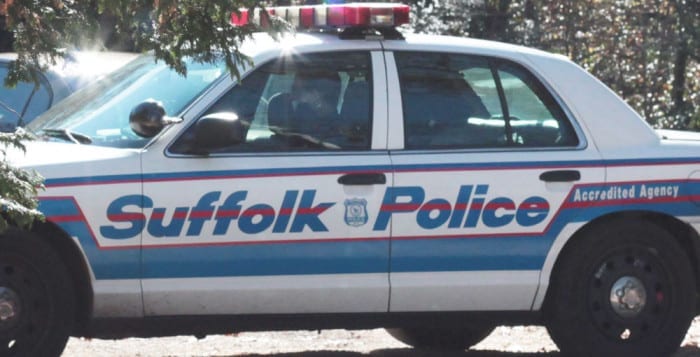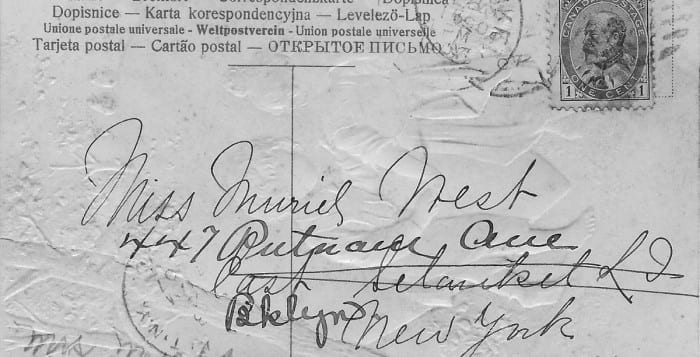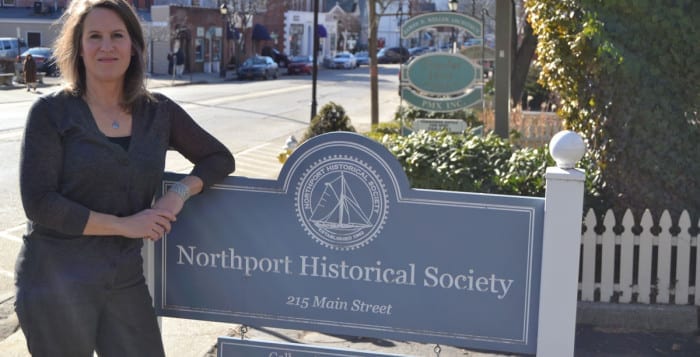By Susan Risoli
People coping with illnesses such as osteoporosis and rheumatoid arthritis — or those who have undergone a mastectomy — may also contend with pain, disability and a swirl of emotions.
 The best treatment plan is a multifaceted approach, said Marco Palmieri, D.O. Palmieri is medical director of the Center for Pain Management at Stony Brook Medicine. “A pretty high percentage” of post-mastectomy patients experience pain, he said. He and his colleagues recommend a well-structured regimen that could include medications, interventional approaches, physical therapy, acupuncture, massage therapy, diet, exercise and, in some cases, treatment by a pain psychologist, Palmieri said.
The best treatment plan is a multifaceted approach, said Marco Palmieri, D.O. Palmieri is medical director of the Center for Pain Management at Stony Brook Medicine. “A pretty high percentage” of post-mastectomy patients experience pain, he said. He and his colleagues recommend a well-structured regimen that could include medications, interventional approaches, physical therapy, acupuncture, massage therapy, diet, exercise and, in some cases, treatment by a pain psychologist, Palmieri said.
Interventional approaches may include ablation and nerve blocks. “We block the nerves that supply the area of the chest wall,” Palmieri explained. For postmastectomy patients, he said, pain management specialists would choose neuropathic pain medications first, before turning to opioid drugs, in what Palmieri called “an opioid-sparing strategy.”
A pain psychologist may be called in for postmastectomy patients “who experience mood effects or have trouble coping,” Palmieri said.
Most important is to remember that postmastectomy patients need more than a cookie-cutter pain management plan, Palmieri said. “Not every patient is going to fit into the same treatment paradigm. Some things may be more appropriate for some patients than others.”
An individualized treatment plan can also aid people with rheumatoid arthritis, a disease that is “more of an inflammatory syndrome from other body structures than from a nerve,” Palmieri said. RA treatments at SBU’s Center for Pain Management could include joint injections guided by imaging (x-ray or ultrasound), nerve blocks and ablations, non-steroidal anti-inflammatory medications, “and, sometimes, anti-depressant medications,” he said. Low-impact exercise, acupuncture, physical therapy and speaking with a pain psychologist can also help, he said.
He urges patients with acute or chronic pain from arthritis or mastectomy to understand that “there are options for them. If you come to pain management, it does not mean you’re going to be placed on narcotics.”
For information on the Center for Pain Management, visit www.stonybrookmedicine.edu or call 631-689-8333.
Those who have become all-too-familiar with the effects of osteoporosis and rheumatoid arthritis, and people who have undergone mastectomy can find relief and renewed health through the regular practice of yoga, said Danielle Goldstein. Yoga helps mastectomy patients “rebuild their upper body strength and work through the scar tissue that forms as a result of the mastectomy,” said Goldstein, owner/director of Mindful Turtle Yoga and Wellness in East Setauket. After a mastectomy, the breath work that is part of doing yoga helps people “worry less, because they’re able to be in the present moment. They develop the ability to not think about the past or the future — even if it’s just for that hour-long yoga practice,” Goldstein said.
“The practice of yoga is the effort towards steadiness of mind,” she explained. And the physical side of it “will help people feel better, so they can enjoy their life more.” To get started, consult your physician and an experienced yoga instructor who has worked with mastectomy patients, she advised.
Keep moving — that’s Goldstein’s advice for people with osteoporosis and rheumatoid arthritis. Yoga will develop strength, she said, “and in combination with diet, the physical practice could help get body fluids moving so they’re not so stuck.” For osteoporosis, yoga postures (asanas) that are weight-bearing — planks, arm balances, bent-knee poses — will maintain bone density, Goldstein pointed out, “and these asanas can be modified for any age level.” Yoga is also great as a combination approach with acupuncture, nutrition, and Western medical treatment, she added.
People being treated or recovering from illnesses can still turn to yoga, Goldstein said. “It is believed that if you can breathe, you can practice yoga,” she said. “Yoga’s for everybody.” She recommended new students get started by calling the studio, speaking to her, and being guided to the best instructor for their needs.
“A yoga practice is sustainable over the course of a lifetime,” Goldstein said. “The practice may change, it may look different, but it’s still there.” And above all, she said, “It should make you joyful and happy.”
Goldstein can be reached at the Mindful Turtle Yoga and Wellness, 631-721-1881.

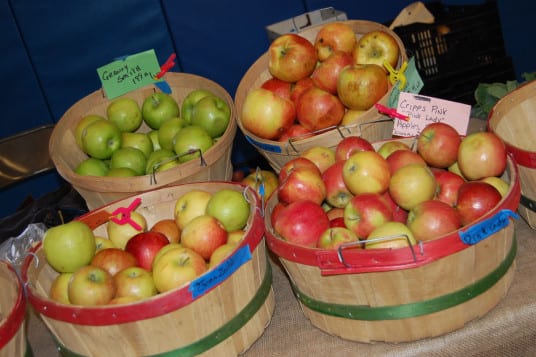
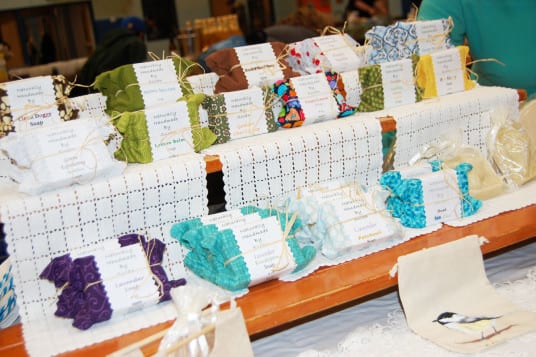

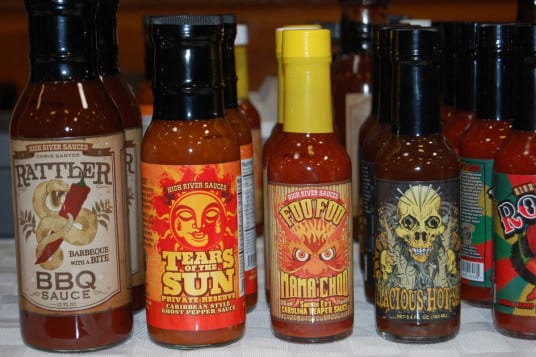

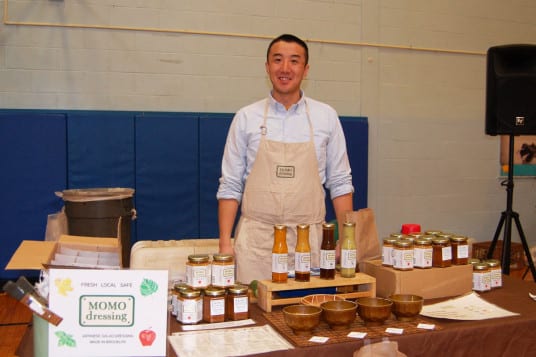
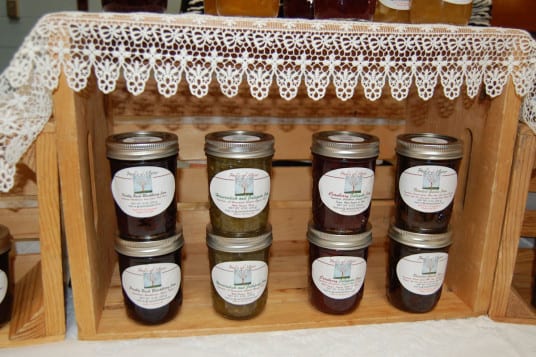

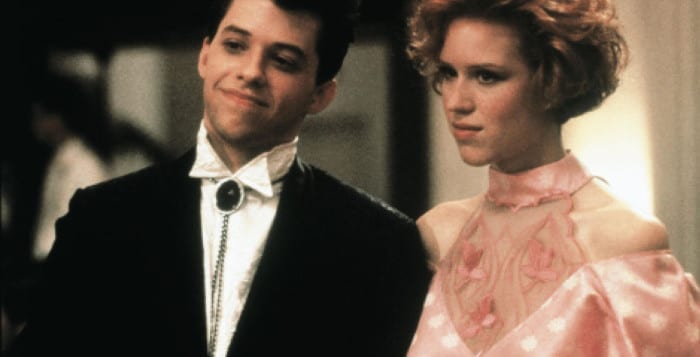

 The best treatment plan is a multifaceted approach, said Marco Palmieri, D.O. Palmieri is medical director of the Center for Pain Management at Stony Brook Medicine. “A pretty high percentage” of post-mastectomy patients experience pain, he said. He and his colleagues recommend a well-structured regimen that could include medications, interventional approaches, physical therapy, acupuncture, massage therapy, diet, exercise and, in some cases, treatment by a pain psychologist, Palmieri said.
The best treatment plan is a multifaceted approach, said Marco Palmieri, D.O. Palmieri is medical director of the Center for Pain Management at Stony Brook Medicine. “A pretty high percentage” of post-mastectomy patients experience pain, he said. He and his colleagues recommend a well-structured regimen that could include medications, interventional approaches, physical therapy, acupuncture, massage therapy, diet, exercise and, in some cases, treatment by a pain psychologist, Palmieri said.



